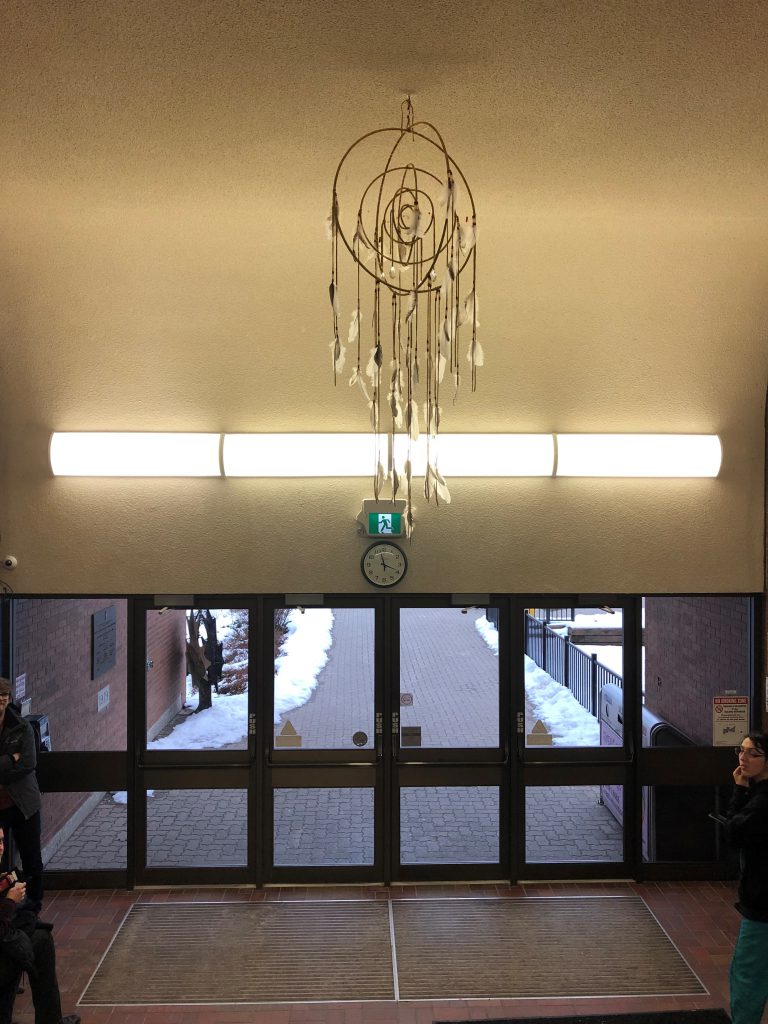Origins of the dream catcher
Dec. 3, 2018
The Anishnabek (Ojibwe) teaching of the dream catcher is a story of a spider’s protective gift. A grandmother, Nokomis, sees that her grandchild is about to kill a spider and she stops him. The spider, grateful to Nokomis for saving her life, rewards the woman by spinning her a magic web. The spider tells Nokomis that the web is to be hung above her bed, as the web allows good dreams to pass through its centre and catches bad dreams in its silky threads. After being caught in the web, the bad dreams will disappear with dawn’s first light and the good dreams, now knowing the path, are able to visit again.
In various forms, the dream catcher is a part of many Indigenous cultures across Turtle Island (North America). The dream catcher originally had a single function of protecting the young. Among the Anishnabek, these netted charms were initially used to protect infants from colds, illness and evil spirits. Dream catchers, created from willow twigs and a netting of sinew, were traditionally suspended from the cradle board to prevent illness or bad dreams from reaching the baby; in much the same way a spider web captures insects.
In the Ojibwe language, the dream catcher is called asabikeshiinh, the inanimate form for spider, or by the phrase bawaajige nagwaagan, meaning “dream snare.”
Cath Oberholtzer, Dream Catchers: Legend, Lore, and Artifacts (Buffalo, NY: Firefly Books, 2017).
